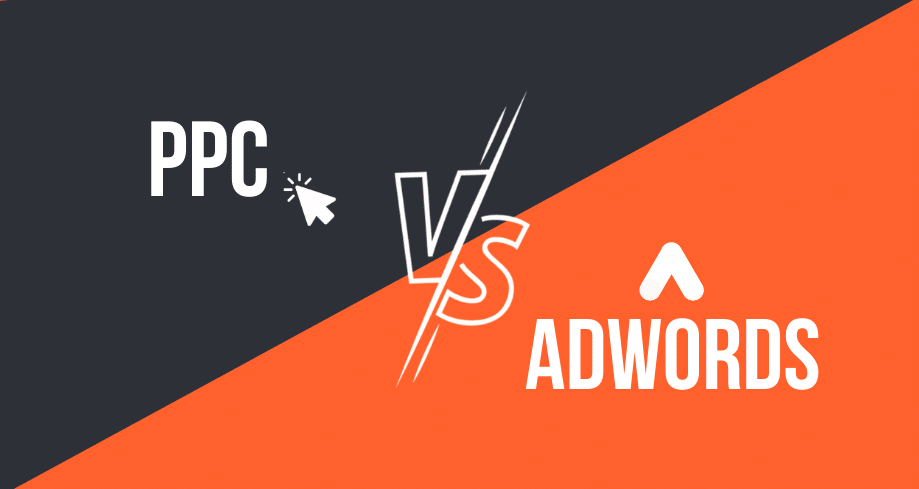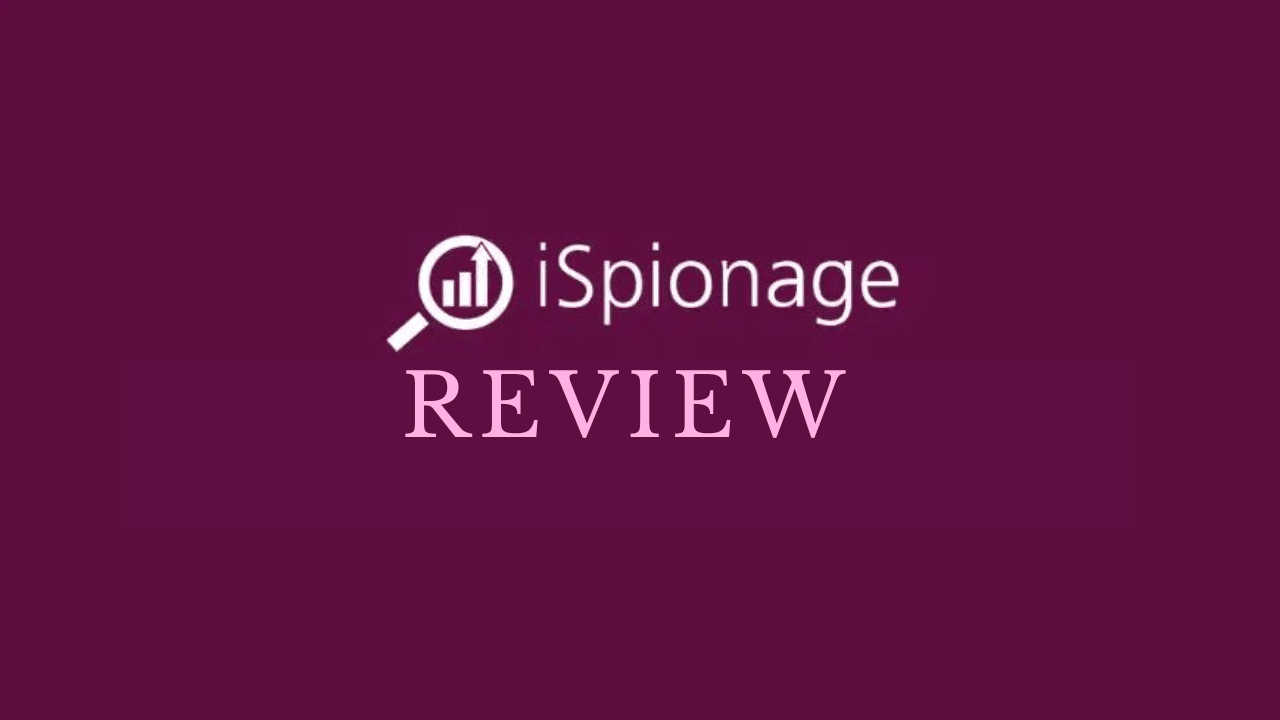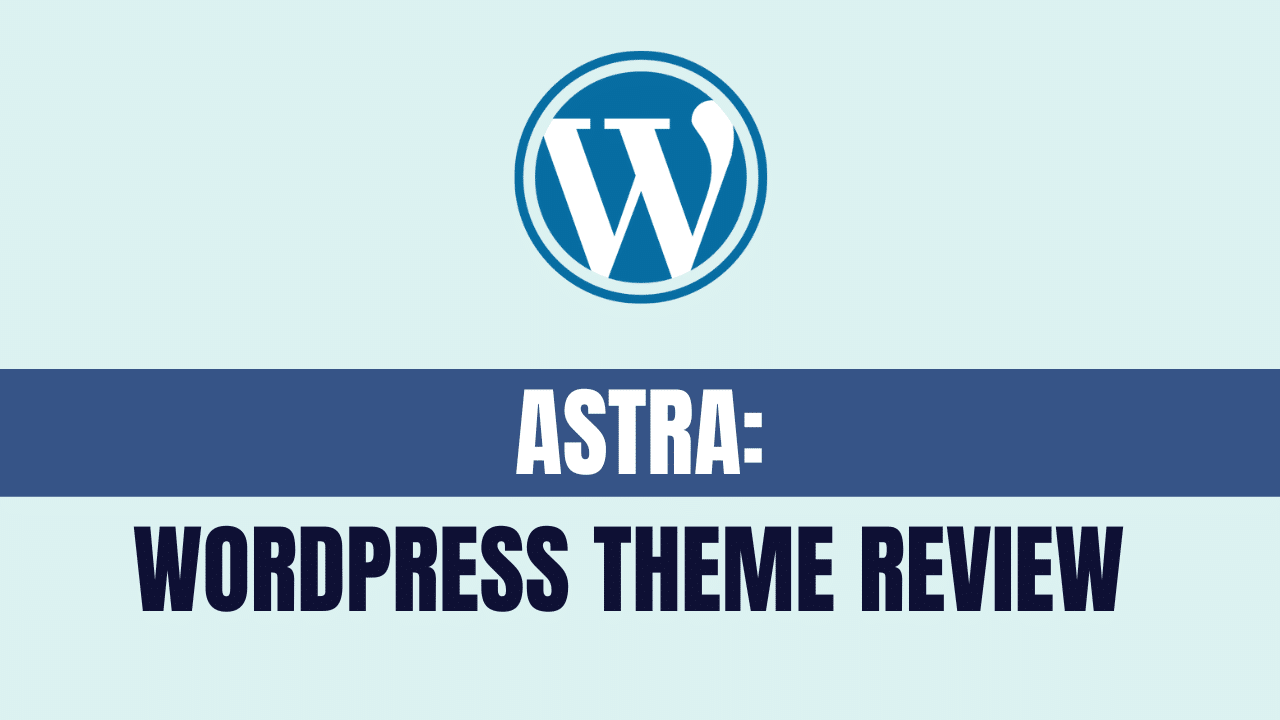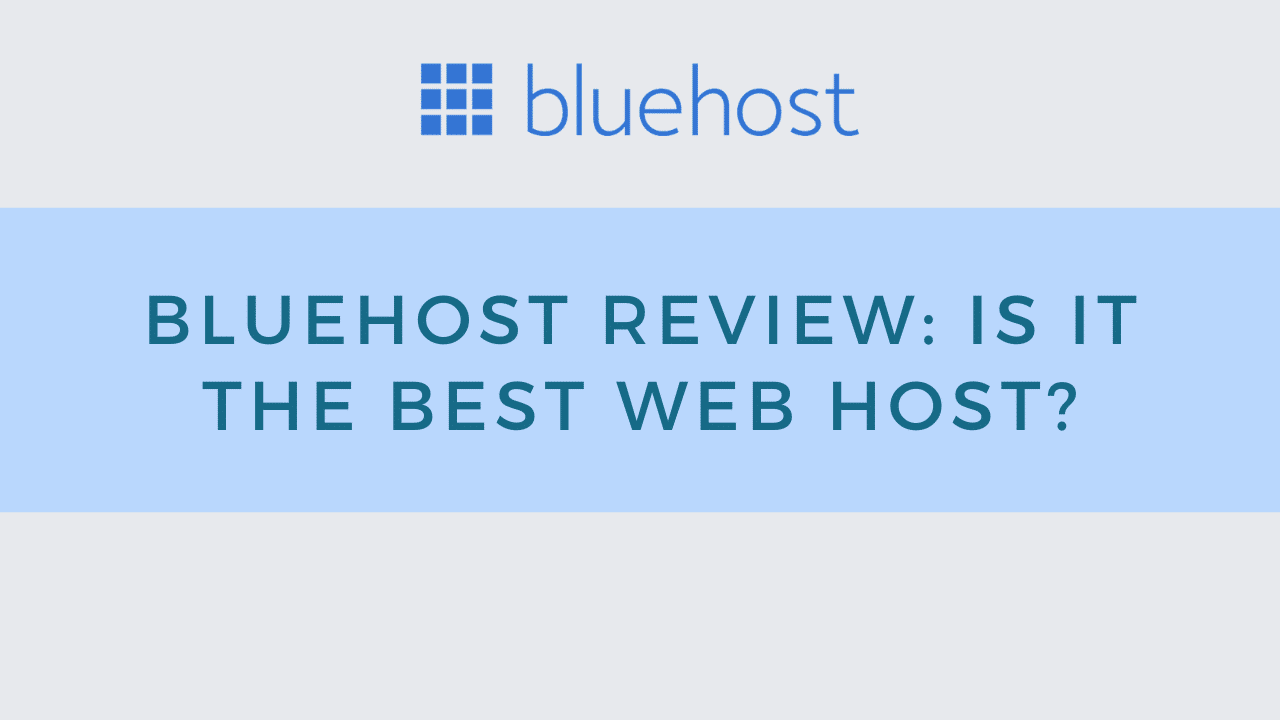Pay-Per-Click (PPC) advertising and Google AdWords (now known as Google Ads) have become vital components of online marketing strategies. As businesses strive to reach their target audience effectively, it is crucial to understand the differences between PPC and AdWords. Both methods offer unique advantages and play distinct roles in the realm of digital advertising.
Today, we will explore the disparities between PPC and AdWords and shed light on why comprehending these differences is of utmost importance for marketers and businesses alike. By the end, you will have a clear understanding of each approach’s benefits and be equipped to make informed decisions regarding your advertising campaigns.
What is PPC?
PPC, short for Pay-Per-Click, is an online advertising model where advertisers pay for their ads based on the number of clicks they receive. It is a cost-effective way to promote products or services and drive targeted traffic to websites.
Here’s a breakdown of the key aspects of PPC:
- Ad placement on search engines and websites: PPC ads can appear on search engine results pages (SERPs) alongside organic search results or on various websites within ad networks. These ads are typically displayed prominently, ensuring high visibility for advertisers.
- Advertiser pays only when a user clicks on the ad: One of the primary advantages of PPC is that advertisers are only charged when a user clicks on their ad. This means that you’re paying for actual engagement and potential leads rather than just impressions. It offers a measurable and cost-effective way to allocate your advertising budget.
- Various platforms and networks for PPC campaign: PPC advertising is not limited to a single platform or network. Several popular platforms offer PPC advertising services, including Google Ads, Bing Ads, and social media platforms like Facebook Ads and LinkedIn Ads. Each platform has its own ad formats, targeting options, and audience reach, allowing advertisers to choose the most suitable platform for their specific goals.
What is AdWords?
AdWords, which is now known as Google Ads, is Google’s PPC advertising platform that enables businesses to create and display ads across various Google-owned properties, including search results, websites, and mobile apps. Here are the key components of AdWords:
- Google’s advertising platform: AdWords is Google’s flagship advertising platform, offering a comprehensive suite of tools and features to create, manage, and optimize online advertising campaigns. It provides businesses with extensive reach, as Google is the most popular search engine globally.
- Allows advertisers to bid on keywords for ad placement: AdWords operates on a keyword bidding system. Advertisers can select specific keywords relevant to their products or services and bid on them. When users search for those keywords, the associated ads may appear on the search results page. Advertisers compete for ad placement based on the bid amount, ad quality, and other factors.
- Provides options for targeting, ad formats, and budget control: AdWords offers robust targeting options to reach specific audiences. Advertisers can target based on location, demographics, interests, and behaviors. Additionally, AdWords supports various ad formats, including text ads, display ads, video ads, shopping ads, and more, allowing businesses to choose the most suitable format for their advertising goals. AdWords also provides tools for budget control, allowing advertisers to set daily or monthly spending limits and adjust bids accordingly.
Differences between PPC and AdWords
Cost Structure
PPC
- Pay only for clicks received: Advertisers are only charged when a user clicks on their ad in PPC advertising. This means you pay for actual engagement and potential leads, making it a cost-effective model.
AdWords
- Bidding system with cost-per-click (CPC) model: AdWords operates on a bidding system where advertisers bid on keywords, and the competition for those keywords determines the cost. Advertisers pay for each clicks their ad receives based on the CPC model.
Ad Placement
PPC
- Advertisements on various search engines and websites: PPC ads can appear on multiple search engines and websites within ad networks. This provides a broader reach and the opportunity to display ads in various online locations.
AdWords
- Primarily on Google Search Network and Google partner websites: AdWords ads are primarily displayed on the Google Search Network, which includes Google Search results, Google Maps, and other Google-owned properties. AdWords also allows ads to be displayed on Google partner websites, extending the reach further. It is a Google advertisement at most.
Targeting Options
PPC
- Audience targeting based on demographics, interests, and behaviors: PPC advertising offers to target options that allow advertisers to reach specific audiences based on factors such as demographics, interests, and behaviors. This enables precise audience segmentation and effective ad delivery.
AdWords
- In-depth targeting options with keywords, locations, and device types: AdWords provides advanced targeting options. In addition to demographics, interests, and behaviors, advertisers can target based on keywords, locations, and device types. This level of targeting precision allows for more tailored ad campaigns with the Google ads platform.
Ad Formats
PPC
- Multiple ad formats, including text, display, video, and native ads: PPC advertising supports various ad formats, including text ads, display ads, video ads, and native ads. This versatility allows advertisers to choose the most suitable format for their campaign objectives and target audience.
AdWords
- Similar ad formats as PPC but with additional options like shopping ads: AdWords offers the same ad formats as PPC but also includes additional options like shopping ads. These shopping ads allow e-commerce businesses to showcase their products directly in search results, providing a visual representation and additional product information.
Budget Control
PPC
- Flexible budget control with options for daily or monthly spending limits: PPC advertising provides flexibility in budget control. Advertisers can set daily or monthly spending limits, allowing them to manage their budget effectively and adjust it based on performance and campaign objectives.
AdWords
- Set budgets at the campaign and ad group levels for better control: AdWords allows advertisers to set budgets at the campaign and ad group levels. This provides more granular control over budget allocation and allows for better optimization and performance management.
Pros and Cons of PPC
Pros of PPC
- Instant visibility and potential for quick results – With PPC advertising, your ads can achieve immediate visibility on search engines and websites. This means you can quickly reach your target audience and potentially generate immediate results in terms of website traffic, leads, or conversions.
- Cost control through pay-per-click model – PPC operates on a pay-per-click model, where advertisers only pay when users click on their ads. This allows for precise cost control, as you’re only charged for actual engagement with your ads. It offers a measurable and cost-effective approach, especially when compared to traditional advertising methods.
- Wide range of targeting options – PPC advertising provides a variety of targeting options, including demographics, interests, behaviors, and keywords. This enables you to narrow down your audience and ensure your ads are displayed to the most relevant users. Targeting options allow for effective ad delivery and can improve the overall performance of your campaigns.
Cons of PPC
- Requires ongoing optimization and monitoring – PPC campaigns require continuous optimization and monitoring to achieve optimal results. Ad performance, bid management, keyword selection, and ad copy all need regular attention to ensure maximum efficiency and return on investment. This ongoing effort can be time-consuming and may require dedicated resources or expertise.
- Can be competitive, leading to higher bid prices – PPC advertising is a competitive space, especially for popular keywords or industries. Higher competition can drive up bid prices, making achieving favorable ad placements within your desired budget more challenging. This competitiveness requires careful strategy and constant evaluation to remain competitive and achieve cost-efficiency.
- Costly if not managed effectively – While PPC can be cost-effective when managed well, it can also become costly if not managed effectively. Poorly optimized campaigns, irrelevant keywords, or incorrect bidding strategies can lead to wasted ad spend and low returns on investment. Effective management and monitoring are crucial to ensuring that your PPC budget is allocated wisely and generates the desired results with online ads.
Pros and Cons of AdWords
Pros of AdWords
- Access to a vast audience through Google’s reach – AdWords provides access to a massive audience, as Google is the most popular search engine worldwide. This allows advertisers to reach a wide range of potential customers who are actively searching for products or services similar to what they offer.
- Highly targeted advertising options – AdWords offers advanced targeting options that allow advertisers to reach specific audiences. Advertisers can target based on keywords, demographics, interests, locations, and device types. This level of targeting precision helps deliver ads to the most relevant users, increasing the chances of engagement and conversions.
- Performance tracking and reporting tools – AdWords provides robust performance tracking and reporting tools. Advertisers can analyze key metrics such as impressions, clicks, conversions, and cost per acquisition (CPA). This data allows for detailed campaign analysis, optimization, and informed decision-making to improve campaign performance over time.
Cons of AdWords
- Can be complex for beginners to set up and optimize – AdWords can be challenging for beginners or those unfamiliar with the platform. Setting up and optimizing campaigns requires a learning curve, as there are multiple settings, ad formats, bidding strategies, and targeting options to consider. It may require dedicated time and expertise to navigate and optimize AdWords effectively.
- High competition for popular keywords – AdWords operates on a bidding system, and popular keywords can have high competition among advertisers. This competition can drive up the cost per click, making securing top ad placements for those keywords more expensive. It may require strategic bidding and careful keyword selection to maximize visibility within a budget.
- Costs can escalate if not managed properly – AdWords campaigns require ongoing management and monitoring to control costs effectively. Without proper management, costs can escalate quickly, especially if budgets are not set appropriately or campaigns are not optimized regularly. Advertisers must keep a close eye on their campaigns to ensure they generate a positive return on investment (ROI).
Frequently Asked Questions
What is the main difference between PPC and AdWords?
PPC (Pay-Per-Click) is a general term for a model where advertisers pay only for clicks received on their ads. At the same time, AdWords (now known as Google Ads) is Google’s specific advertising platform that operates on a bidding system with a cost-per-click (CPC) model.
Can I use PPC advertising without using AdWords?
PPC advertising is a broader term encompassing various platforms and networks beyond AdWords. While AdWords offers extensive reach through Google’s properties, other search engines and websites allow you to run PPC campaigns independently of AdWords.
Which platform provides more targeting options: PPC or AdWords?
AdWords (Google Ads) provides more in-depth targeting options compared to PPC. AdWords offers targeting based on keywords, demographics, locations, device types, and more, allowing for precise audience segmentation. PPC platforms may offer some level of targeting but may not have the same extensive range of options as AdWords.
Conclusion
In the ever-evolving landscape of online advertising, staying informed about PPC and AdWords differences empowers businesses to make informed decisions, effectively reach their target audience, and achieve their advertising goals. By leveraging the strengths of each approach, businesses can maximize their online visibility, generate quality leads, and drive growth in today’s digital marketplace.




